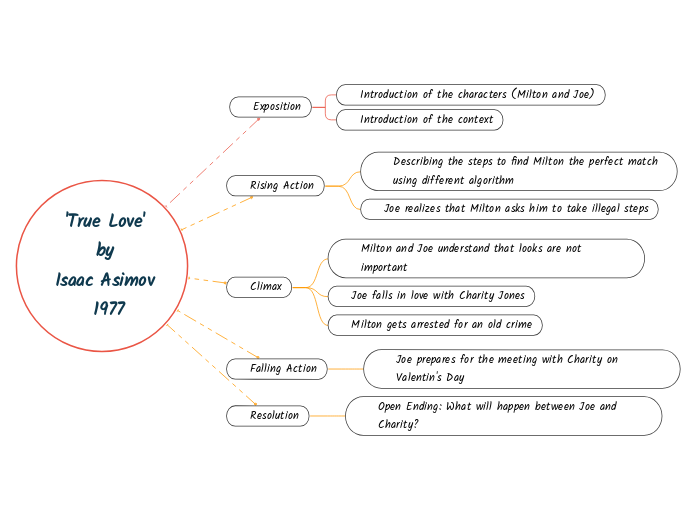An Introduction to Crime Reconstruction
Dynamic Influences Post-Discovery
Chain of Custody/Chain of Evidence
Premature Disposal/Distruction
Examination by Forensic Personnel
Storage
Packaging/Transportation
Premature Scene Cleanup
Coroner/Medical Examiner
Evidence Technicians
Failure to Search or Recover
Dynamic Influences Pre-Discovery
Security
Limiting access to only necessary personnel and controlling it by means of a security officer who logs the entry times, exit tiems, reason for entry, and duties performed of each person who passes though the tape.
Emergency Medical Team
May relocate and destroy evidence, obliterate patters, cause transfers, tear clothing, and add artifacts.
First Responder
First responder is to protect life not preserve evidence. Must refrain from touching evidence at the scene before it is properly documented.
Fire
Can destroy all physical evidence related to criminal activities
Animal Activity/Predation
The feeding activites of all manner of indigenous wildlife can relocate body parts, obliterate patterns, and further obscure, obliterate, or mimic injury to a body.
Decomposition
Can obscure, obliterate, or mimic the evidnce of injury to a body.
Weather/Climate
Influences the nature and quality of all evidence left behind.
Witnesses
Influences the nature and quality of evidence that is left behind.
Secondary Transfer
Observing scene to decide whether or not it was or was not.
The Crime Scene
Offender Actions
Ritual or Fantasy
Can include postmortem mutilation, necrophilia, and purposeful arrangement of a body or items in a scene.
Staging
Manipulation of the crimescene to change the apparent 'motive'.
Precationary Act
Acts before, during, and after that are intended to confuse or mislead investigators or foresnic experts for the purpose of identifying the perpetrator or his connection to the crime.
Event Analysis
Evidence
Can be one or multiple of the below.
Psychological
Any act committed by the perpetrator to satisfy a personal need or motivation.
Temporal
Anything that specifically denotes or expresses the passage of time at the the crime scene relative to the commission of the crime.
Inferential
Anything that the reconstructionist thinks may have been at the scence when the crime occurred but was not actually found.
Limiting
Defines the nature and boundries of the crime scene.
Associative
Usually a form of trace evidence that can be identified or ownership evidence.
Ownership
Something that helps answer the Who question with a digh degree of certainty.
Contact
Something that demonstrates whether and how tow persons, objects, or locations were at one point associated with eachother.
Action
Defines anything that happened durign the commission of the crime.
Locational
Shows where something happened, or where something was, and its orientation with respect to other objects at location.
Directional
Anything that shows where something was goign or where it came from.
Sequential
Anything that establishes or helps to establish when an event occurred or the order in which two or more events occurred.
Collect data, establish likely events









